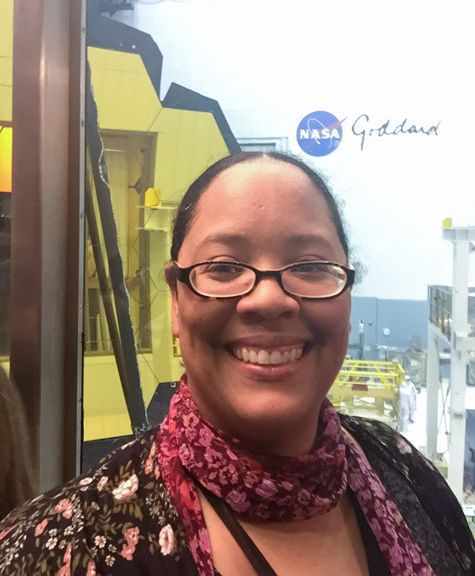Early Career Scientist Spotlight
Dr. Teresa Monsue
Astro/Helio Physicist
Exoplanets and Stellar Astrophysics Laboratory
What inspired you to pursue a career in astro/heliophysics?
I had a celestial calling when I was very young. Growing up on a mountain farm in Jamaica, there was the absence of light pollution and a myriad of stars were prominent every night. I remembered when I was young looking up and not being able to see the constellations clearly because there were so many stars. I remember trying to count them at a young age, but giving up on it quickly. I felt that there was something bigger out there to understand. My mom played a role in encouraging me and she took me to the library in the little town we lived in, where I would look at books about astronomy. I remembered looking through artist’s renditions of other worlds around different stars. I felt both intrigue and love. Those feelings have carried through my life for the love of astronomy. I feel I am connecting to a higher meaning in the universe.
What is your research focus?
My research focus in graduate school was to study the interaction of solar flares (huge explosions on the surface of our Sun) and sound waves produced in the Sun’s convection zone. I used Fourier Transform techniques along with image processing when working with the data. Now, in my postdoc years, I am working with data from high cadence TESS and Swift observations to study flares on other stars and to observe any oscillations produced by flares.
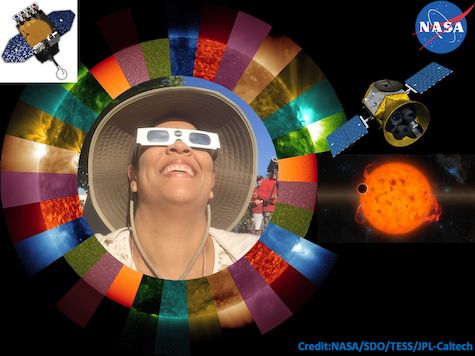
Credit: Teresa Monsue
Did you always know that you wanted to be an Astro/Helio Physicist?
No, as the title implies, it a combination of two fields, both heliophysics and astrophysics, and being able to merge concepts in those two fields to form creative ideas. That takes some creativity, because you may find that some concepts don’t work out. But, that is what science is all about. Trying, trying, and trying till you reach that “eureka” moment.
How did you end up working at NASA Goddard?
I started with NASA as a graduate student through MUREP’s Harriet G. Jenkins Graduate Fellowship, through NASA’s Office of Education. I worked with my graduate advisor in the SDO (Solar Dynamic Observatory) mission, in Heliophysics on a project to study the behavior of sound waves around solar flaring regions. I then transitioned to stellar astrophysics and to working with the TESS (The Transiting Exoplanet Survey Satellite) team in my postdoc position with the NASA Postdoctoral Program (NPP-USRA) as a NASA Postdoctoral fellow. With my postdoctoral advisor, I transitioned to working with stellar data and with the Solar-stellar connection.
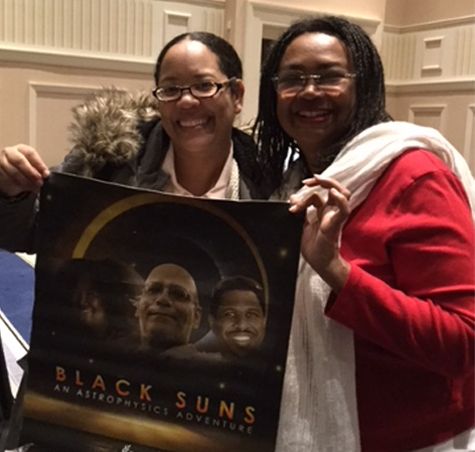
Credit: Teresa Monsue
What science questions intrigue you the most?
Can the conditions for habitability exist on other planets? How can their environments (e.g., host stars) play a role in driving the proper conditions and the emergence of life?
What motivates you?
The search for knowledge and truth.
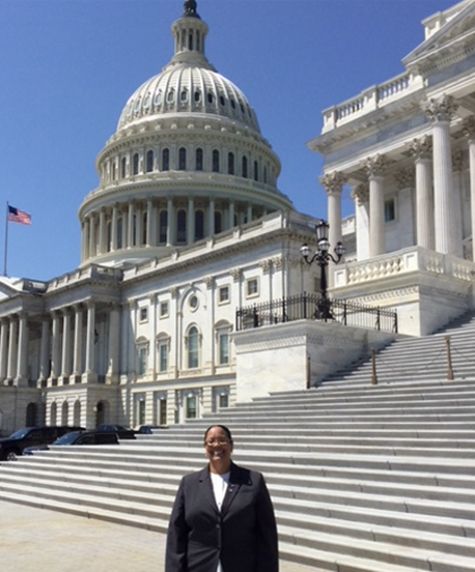
Credit: Teresa Monsue
What is one research project that you are particularly excited about, and why?
One research project I am excited about is studying oscillations within flares on other stars and observing how these oscillations play a role in how these flares are triggered. The processes that drive flare emissions and how they are ignited are not well understood, particularly on stars other than our Sun.
What research accomplishment are you most proud of?
For an early career scientist, completing my dissertation. Not many times in life does a person form a book of work, and being able to complete one’s own dissertation is to attain a significant level in one’s education. With scientific publications and reviews, there are possibly many coauthors that collaborate, critique and help along the process.
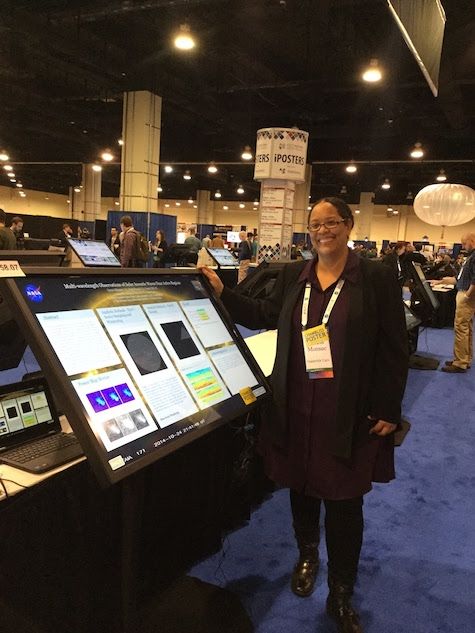
Credit: Teresa Monsue
What do you like to do in your free time?
Watching sci-fi and horror movies (I especially like movies about time travel and time paradoxes), playing my flute and learning music, connecting with friends and people on virtual board games and just connecting with friends.
What are your future research interests and goals?
I am pretty much open to where life takes me. However, I love to do research and would love to pursue any duties that fulfill that role in the future.
What early career advice do you have for those looking to do what you do?
Do what you love, not love what you do, because you will need that passion to pull you forward during those challenging times.
Biography
Home Town:
Kingston and Falmouth, Jamaica
Undergraduate Degree:
B.Sc., Florida Atlantic University, Boca Raton, Florida
Post-graduate Degrees:
Ph.D., Vanderbilt University, Nashville, Tennessee
